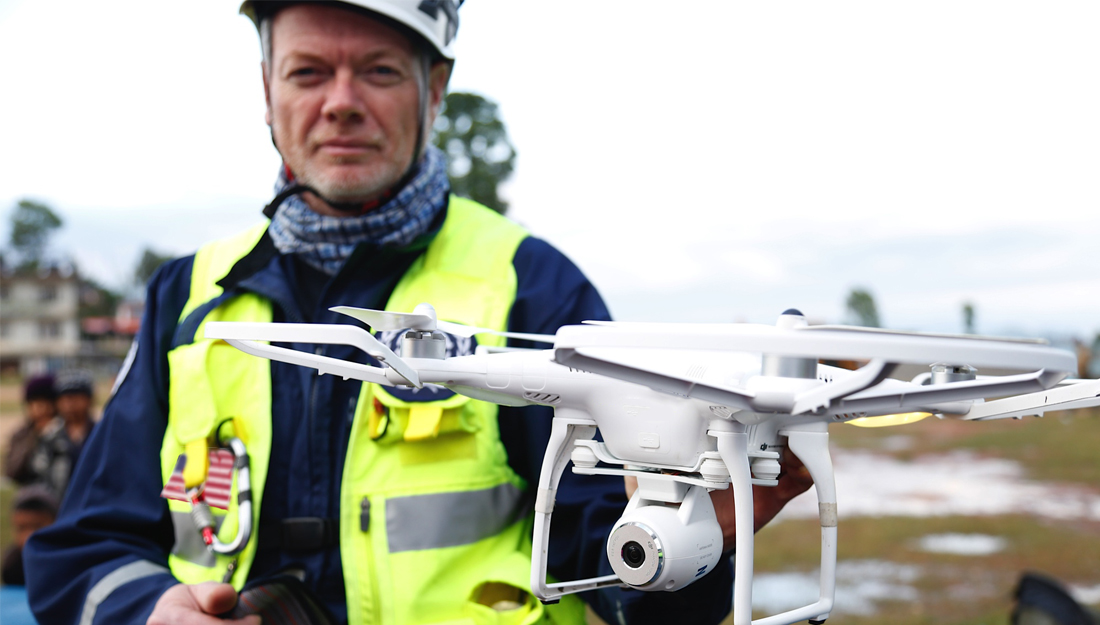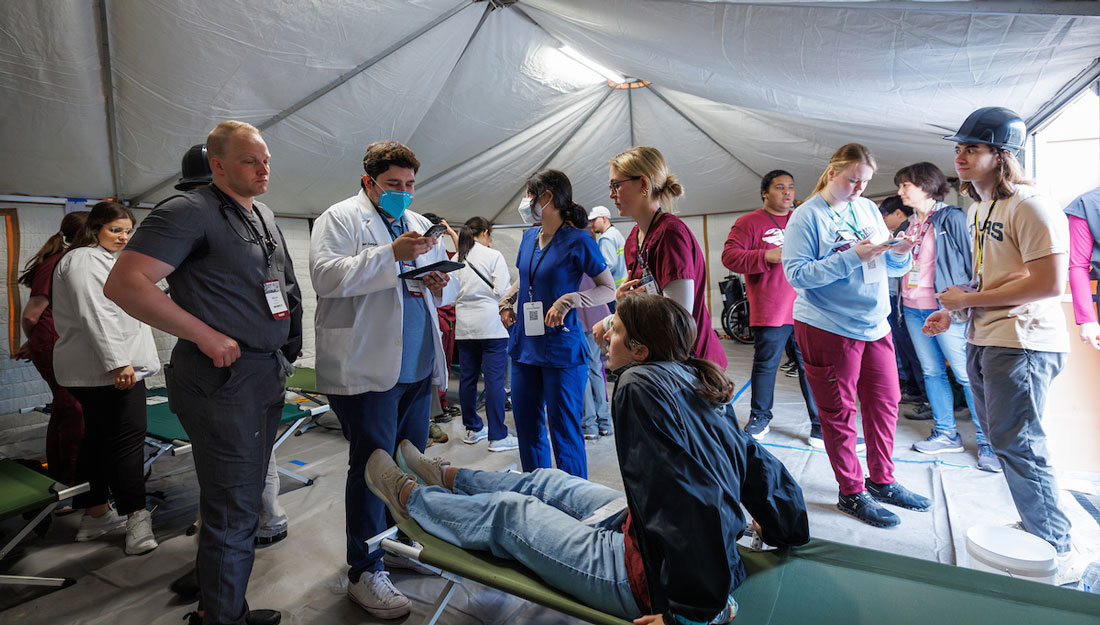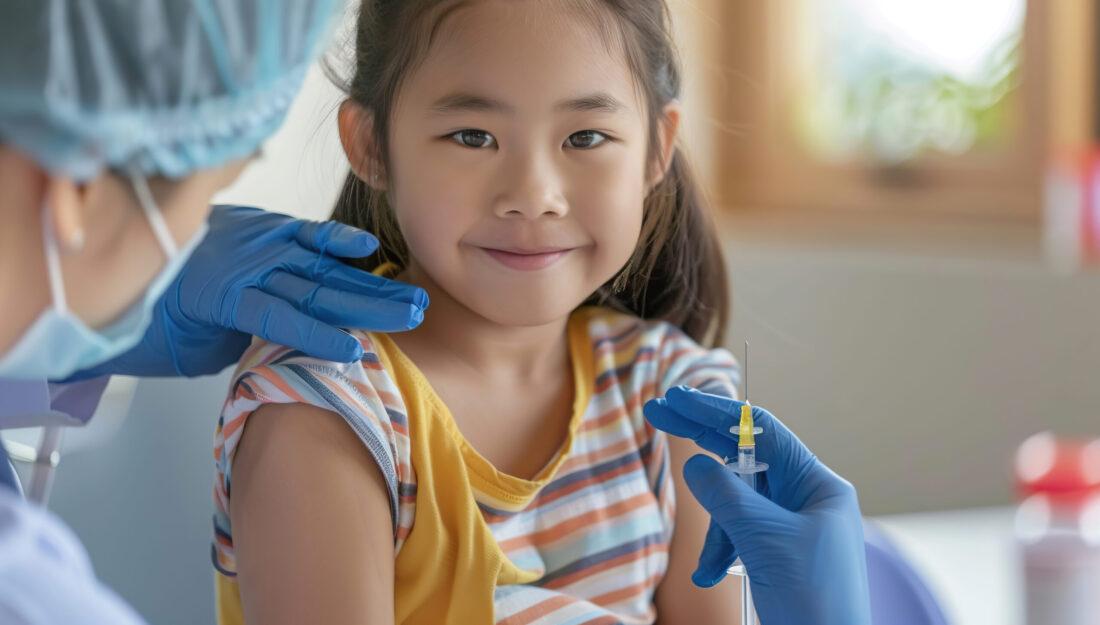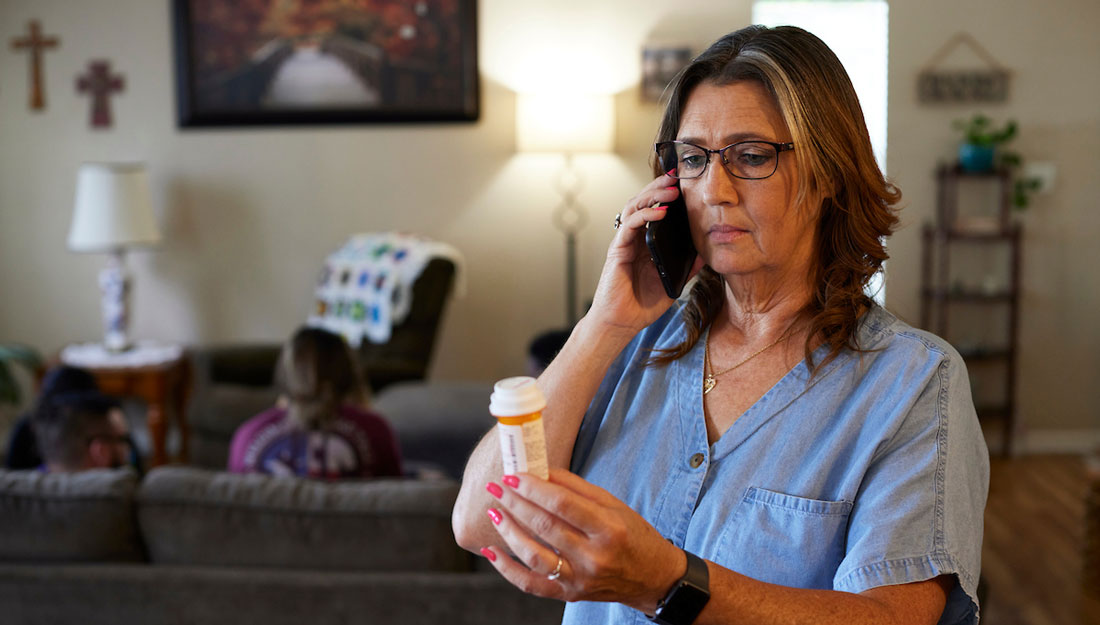Texas A&M to study human-robotic interactions during Harvey recovery operations

Effective and efficient disaster recovery is necessary for individuals, the community and businesses to return to normal functioning from large-scale disasters like Hurricanes Harvey, Irma and Maria. In recent years, unmanned robots have been used to facilitate rescue, response and recovery and have been found invaluable in these efforts, as they can go where humans cannot.
Ranjana Mehta, PhD, MS, and S. Camille Peres, PhD, in the Department of Environmental and Occupational Health at the Texas A&M School of Public Health, and Robin Murphy, PhD, from the Texas A&M College of Engineering, have been awarded a National Science Foundation (NSF) Rapid Response Research (RAPID) grant to provide critical and timely information on human/robotic interactions during robot-assisted Hurricane Harvey recovery operations in the Texas Gulf Coast and surrounding locations.
NSF’s RAPID funding mechanism is used for studies having a severe urgency with regard to availability of, or access to data, facilities or specialized equipment, including quick-response research on natural disasters and similar unanticipated events.
“Because of the increasing need of damage assessment using robots, there is a critical need to examine human and robotic interactions during recovery operations,” Mehta said. “Our research will focus on the relationship between individuals and the unmanned aerial vehicles they pilot to achieve specific recovery tasks such as surveillance and inspections in dynamically changing and unstable environments.”
Little is known about the demands of this technological work environment on the humans during disaster recovery. What is known is that the operators often work outside in stressful environments, require prolonged standing in awkward postures for extended periods of time, and sometimes live in the affected area themselves resulting in their experiencing psychosocial stressors due to the disaster. Mehta and Peres have been working with Murphy to understand the human element in successfully flying unmanned aerial vehicles in disasters. Murphy, who directs the Center for Robot-Assisted Search and Rescue at the Texas A&M Engineering Experiment Station, is a pioneer in disaster robotics and has used unmanned aerial vehicles in Hurricanes Katrina, Harvey and Irma.
“The study will create a fundamental understanding of attributes of collaborations between human and robot teams that are resilient during disaster recovery operations to minimize costly errors and improve effectiveness of future disaster robotics response and recovery operations,” Mehta said. “Findings obtained from this study will be disseminated to those in industry, government agencies and others responsible for the public’s safety to develop effective best practices in disaster recovery operations.”
Media contact: media@tamu.edu


